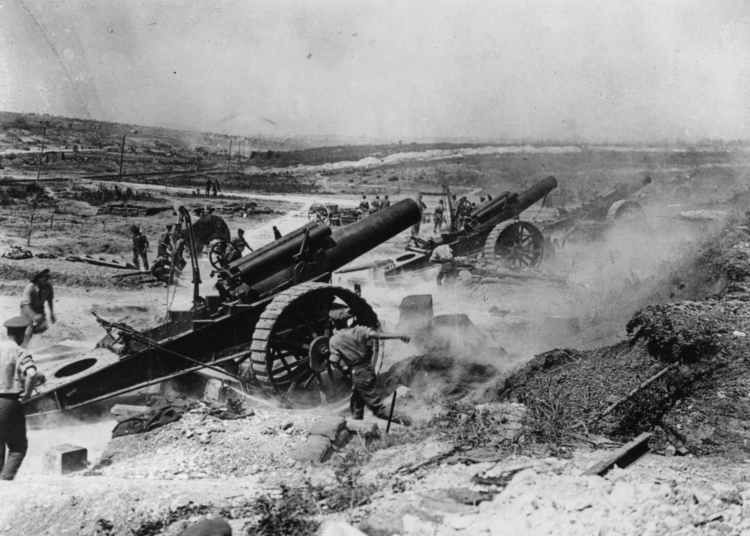The Battle of the Somme, fought in 1916, was a significant and bloody battle of World War I. It was a joint offensive by the British and French armies against the German forces along a 25-mile front near the River Somme in France. Despite heavy casualties and little significant territorial gain, the battle is considered a turning point in the war. It resulted in over a million casualties, saw the first major use of tank warfare, and exposed flaws in leadership and strategy. The battle left a lasting legacy and is commemorated annually, and it had a profound impact on the course of World War I.
The Battle of the Somme
The Battle of the Somme, fought between July 1 and November 18, 1916, was one of the most significant and bloodiest battles of World War I. It was a joint offensive by the British and French armies against the German forces along a 25-mile front near the River Somme in France. The battle was intended to break the stalemate of trench warfare and relieve pressure on the French at Verdun, but it ultimately resulted in heavy casualties and little significant territorial gain.
Significance
The Battle of the Somme is often considered a turning point in World War I for several reasons. The scale of the battle, the tremendous loss of life, and the strategic and tactical lessons learned all had a profound impact on the course of the war.
Casualties
The Battle of the Somme resulted in over a million casualties, making it one of the bloodiest battles in history. The British suffered around 420,000 casualties, the French around 200,000, and the Germans approximately 500,000. The sheer scale of death and injury had a significant impact on the morale of the nations involved and changed public perception of the war.
Technological Advancements
The Battle of the Somme saw the first major use of tank warfare by the British, as well as the use of creeping barrages and new artillery tactics. These developments would eventually play a crucial role in breaking the stalemate of trench warfare and shaping the future of military strategy.
Leadership and Strategy
The Battle of the Somme also exposed flaws in the leadership and strategic planning of the British and French commanders. The mistakes made in the battle led to a reassessment of military tactics, and ultimately contributed to the development of more effective strategies in subsequent battles.
Legacy
The Battle of the Somme left a lasting legacy on the nations involved and the world at large. Its impact on warfare, tactics, and the perception of the war itself cannot be overstated. The battle also became a symbol of the futility and devastation of war, and is remembered as a somber reminder of the human cost of conflict.
Memorials and Remembrance
The Battle of the Somme is commemorated annually in the United Kingdom, France, and other Allied nations. Numerous memorials and cemeteries stand as a testament to those who lost their lives in the battle, and serve as a place of remembrance for the sacrifice made by so many.
Impact on World War I
The Battle of the Somme had a profound impact on the course of World War I. While it did not achieve the breakthrough that was hoped for, it forced the Germans to divert resources and attention away from other fronts, and paved the way for future offensives that would ultimately lead to the end of the war.
Conclusion
The Battle of the Somme was a pivotal moment in World War I, with far-reaching consequences that would shape the course of the conflict and the future of warfare. Its significance cannot be overstated, and its legacy continues to be remembered and honored to this day.













